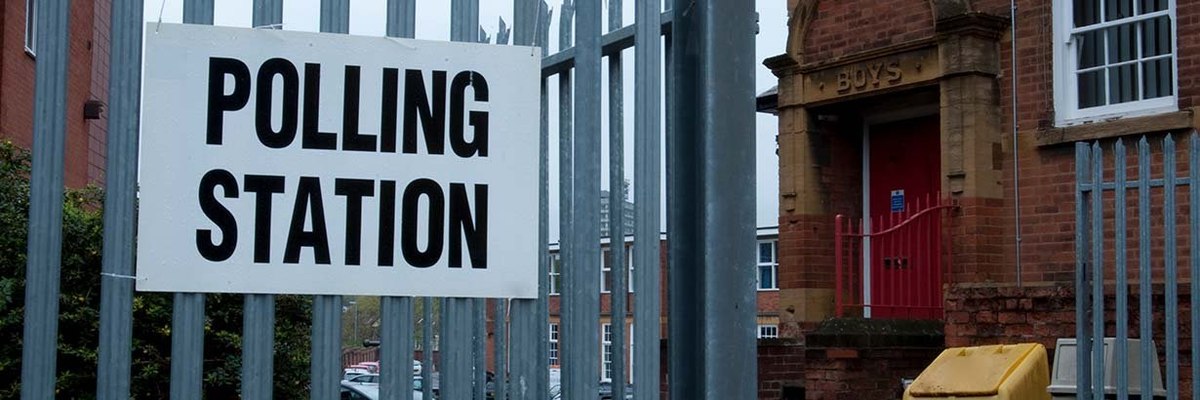Key councils such as Rugby, Wokingham, and Swindon could fall out of Tory hands
Voters will head to the polls up and down England on Thursday to elect their local representatives in no fewer than 230 unitary, metropolitan, and district councils. Now, for the first time, YouGov have used MRP to project the results of key local authority battlegrounds.
The MRP method was successfully used by YouGov to predict the 2017 and 2019 general election results, and has been applied more recently to provide updates on key Westminster battleground constituencies.
Using data gathered from over 6,000 people voting across 18 councils next week, YouGov projects the Conservatives are set to see significant losses across a number of key councils. Both Labour and the Liberal Democrats look set to take a host of council seats, and control of a number of councils, from Tory hands.
There could be some good news for the Conservatives, however, in the bellwether town of Dartford.
Northern nightmare
In the North and Midlands – including many areas falling within the ‘Red Wall’ – the Conservatives are facing strong challenges from a Labour party buoyed by its long-sustained national vote intention lead.
In councils including Dudley, North East Lincolnshire, and Hyndburn, we expect Labour to be making significant gains.
Sunderland – where as recently as 2021 a surging local Conservative party were threatening to take away Labour’s majority control – looks to now be solidly Labour.
Nearby in the north east, the unitary authority of Darlington is leaning Labour. A gain here would be a significant marker in Labour’s road to Red Wall recovery.
Marginal misery
Elsewhere, Labour are also providing a stern test to Conservative power in councils covering some of the most important bellwether and marginal parliamentary constituencies.
In these council battlegrounds, we don’t expect quite so many Labour advances as we do in the North and across the ‘Red Wall’, but the Conservatives seem to be struggling nonetheless.
Each of Worcester, Swindon, and Plymouth are leaning Labour, while Rugby looks set to fall into No Overall Control, and Walsall and Milton Keynes remain too close to call.
Dartford, however, is expected to stay in Conservative hands. In fact, there is a possibility that the Conservatives will increase their majority in a council home to one of the House of Common’s most reliable bellwether constituencies.
Blue Wall blues
In the ‘Blue Wall’, the Liberal Democrats are looking to build on successive strong local election cycles and take control of a number of councils in these traditionally Tory shires.
Our model expects Lib Dem gains across each of Wokingham, Chichester, and Windsor and Maidenhead, but council control in each remains too close to call.
Looking further east, the Blue Wall council of East Cambridgeshire is leaning Liberal Democrat. The party came within a few seats of taking control of this council in 2019, and our model expects that they may well finish the job off this time around.
Green shoots
Finally, one of the stories which could emerge next Thursday is the continued advances of the Green Party in local authorities up and down England.
An intriguing battleground has opened up in East Anglia, with the Conservatives locked in fierce battle with the Greens for control of Mid Suffolk council. The Greens came a close second to the Conservatives there in 2019, and have expressed confidence they can overtake Sunak’s party this time around.
Our model suggests the race is currently too close to call, with both the Greens and the Conservatives having a good chance of being in control of the council when the count finishes.
Finally, our model also expects that Green strength will continue in Sheffield, but that the council will probably remain in No Overall Control.
Notes
YouGov interviewed over 6,004 British adults between 21 and 28 April 2023 about the upcoming elections, and used Multilevel Regression and Post-Stratification (MRP) to model the estimated vote outcomes. MRP models first estimate the relationship between a wide variety of characteristics about people and their opinions – in this case, beliefs about their local areas – in what is called a ‘multilevel model’, which allows us to account for specific area (in this case, council) level effects as well as background information about respondents themselves. MRP then uses data at the local level to predict outcomes based on the concentration of various different types of people who live there. The model assigns each type of person a probability of voting for each party at the local election (this is the ‘post-stratification’ component), and then estimates the area-level distributions using information about how many of those specific types of voters live in each area. In this instance, 1000 draws from the posterior distribution of the multilevel model were used to predict the council-level probabilities, which ran for 10,000 iterations across four parallel chains. MRP has been successfully used to predict the outcomes of both the 2017 and 2019 UK general elections.
Photo: Getty








